
table of contents
- Types of melons
- Watermelons and their subspecies
- Sugar melons and their subspecies
- Sugar melons from A - Z
Melons are a very popular summer treat, but there are far more varieties than many people know. Most people with a sweet tooth immediately think of watermelon, which when ripe has a full-bodied taste of summer and simply melon. As a hobby gardener, you have many more options to grow and enjoy summer and autumn fruits in your garden.
Types of melons
Determine numerous varieties by appearance
Growing melons in your own garden is little rocket science and it is definitely time-consuming. However, the joy is great when the impressive fruit is ripe. In order for everything to work out here, however, the right variety must be selected. With more than 500 species, it is not always easy to find the right one for your own garden. However, with a little bit of basic knowledge, you can identify and choose your preferred variety of melon.
Watermelons and their subspecies
The watermelon is popular with both young and old. It can reach a weight of up to 100 kilos, but in this country rather small specimens are cultivated. When ripe, they serve as thirst quenchers and are low in calories. The most popular varieties are:
- Crimson Sweet
- Golden Midget
- Janosik
- Moon and Stars Red
- Primary orange F1
- Sugar baby
Watermelons from A - Z
Crimson Sweet
- easily recognized by its appearance
- aromatic taste, sweet aroma
- Total weight is between 2 and 3 kilograms
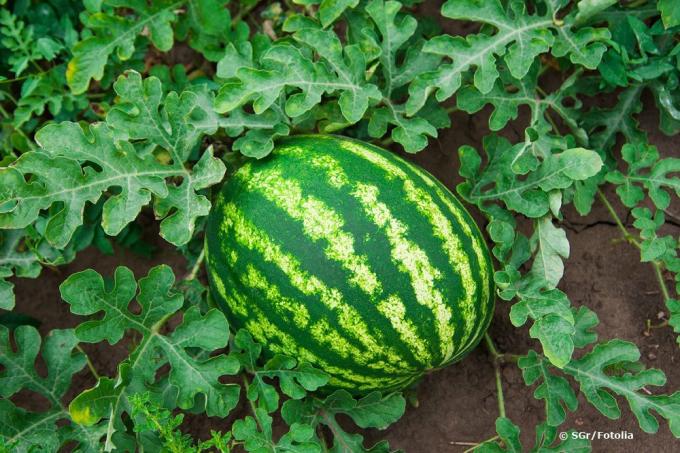
Golden Midget
- smallest type of melon, well suited for pots or allotments
- early ripening in July
- The skin color is bright sun yellow, but the flesh is juicy pink
- Total weight is between 1 and 1.5 kilograms

Janosik
- noticeable sun-yellow flesh
- tastes very sweet and just as fresh
- can be easily combined with the Sugar Baby
- Total weight is between 4 and 5 kilograms

Moon and Stars Red
- Total weight is between 4 - 5 kilograms
- the name comes from the bowl, which has numerous, small speckles
- pink-red pulp is inside the melon
- the taste is juicy, sweet and aromatic

Prime orangeF1
- Uniqueness due to the very low number of cores
- high sugar content up to 12 percent
- very sweet, aromatic taste
- Total weight is between 2 and 3 kilograms
Sugar baby
- Total weight is between 3 and 4 kilograms
- dark green skin, mostly monochrome, slightly inconspicuous
- rich red pulp
- strong melon-like fragrance, sweet aroma
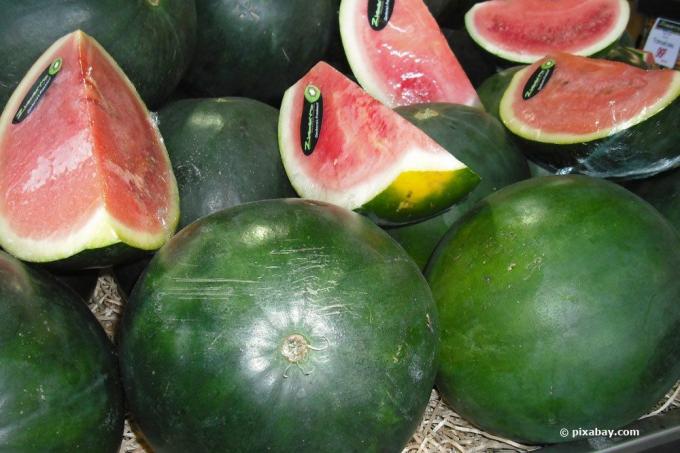
Sugar melons and their subspecies
The sugar melon is slightly smaller than the watermelon and still contains significantly more fructose. It is therefore a bit richer in calories and not necessarily suitable for diabetics. There are different types that are ideal for growing in the home garden:
- Cantaloupe
- Charentais
- Galia
- Honeydew melon
- Jenny Lind
- Minnesota Midget
Sugar melons from A - Z
Cantaloupe melon
- one of the smallest types of sugar melon
- The maximum diameter is 12 cm.
- Total weight is between 1 and 3 kilograms
- bright orange pulp, beige, plain skin
- rarely available for sale because the variety spoils quickly
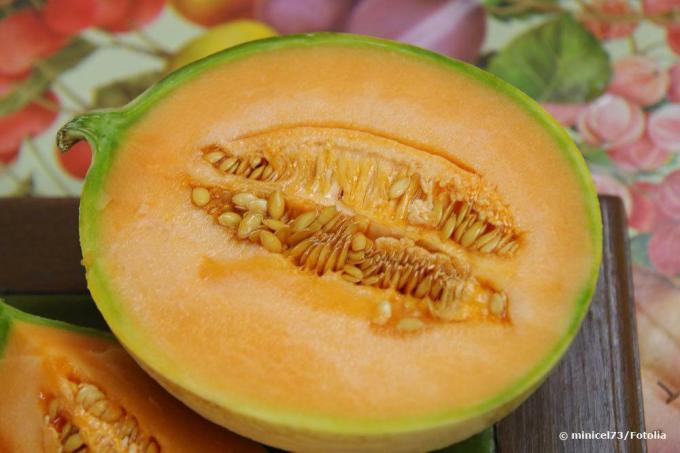
Charentais melon
- easy to identify due to its light green skin with dark longitudinal ribs
- very aromatic scent when cut
- orange pulp
- Total weight is between 1 and 2 kilograms
- well suited for cultivation in the bucket

Galia melon
- is one of the smallest sugar melons at all
- Diameter is 9-12 cm, total weight 0.5-1 kilograms
- is known as net melon
- firm, apple-like pulp in white-green color

Honeydew melon
- classic melon variety, is one of the most popular varieties
- Shape is round-oval, color is bright yellow
- The pulp tastes slightly like honey
- Total weight is between 1 and 3 kilograms
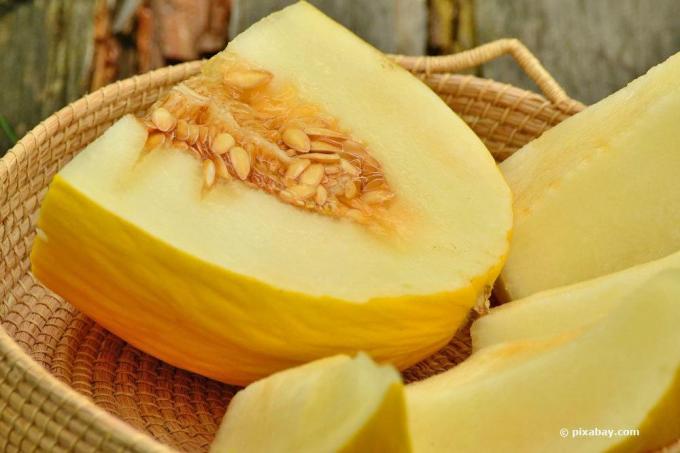
Jenny Lind
- has existed since 1840 and is one of the oldest types of melon
- The turban-like shape is unique
- the skin is reticulate, the pulp is aromatic and strikingly green in color
- mild, sweet aroma
- the total weight is between 0.8 and 1 kilogram
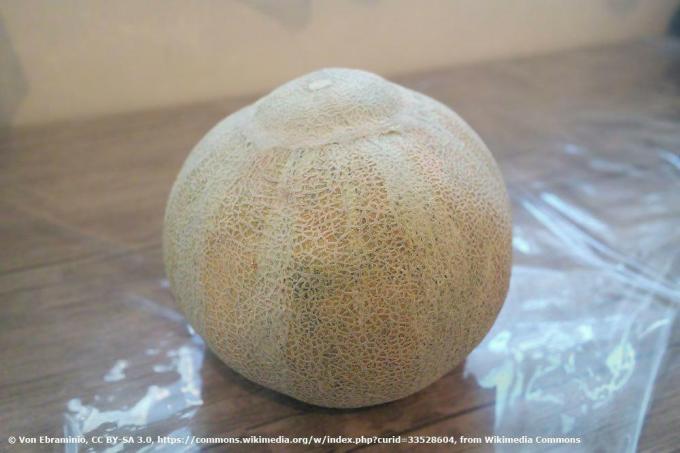
Minnesota Midget
- early melon, harvest time is already in July
- very suitable for beginners because it is a robust variety
- Total weight is 0.1-0.2 kilograms
- therefore well suited for growing in pots
- aromatic and tasty, resembles the honeydew melon




